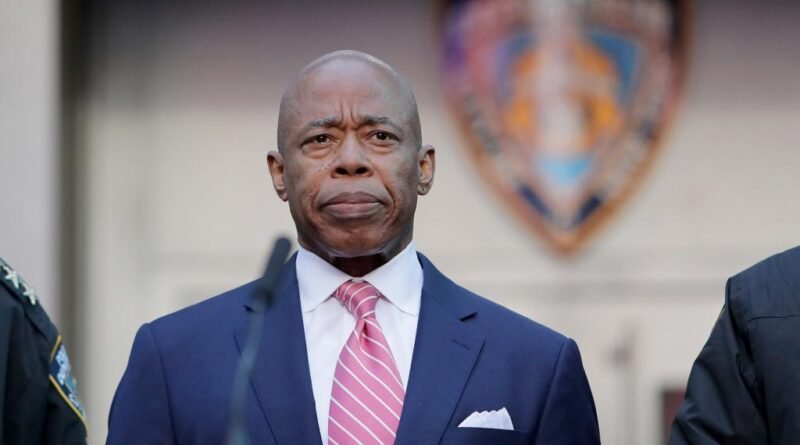Let’s Make All of NYC ‘High-Opportunity’ Instead of Eric Adams’ Flawed Housing Plan

New York City residents are facing the ill-effects of drastic, across-the-board budget cuts affecting the most basic city services.
It would hardly seem to be the right time for the Adams administration to undertake an expensive new housing program with the city’s own funds.
Yet that’s exactly what the Department of Housing Preservation and Development announced last week.
What’s more, this one is even worse than many of its predecessors.
The so-called Mixed-Income Market Initiative will be more directly costly than tax breaks the city has used to subsidized construction of income-restricted “affordable housing”: Now the city will use its own scarce funds to pay developers to include “affordable units” along with those of market-rate.
The cost to the city will be a problem in itself.
Worse, the program is based on a misconceived social-engineering goal of moving the poor into affluent neighborhoods — which the HPD announcement refers to as “high opportunity” areas.
That emphasis was made clear by Deputy Mayor for Housing, Economic Development and Workforce Maria Torres-Springer.
The program, she said, will offer “new models for combining public resources and private financing to produce new homes for working families . . . with a particular a focus on neighborhoods with little affordable housing.”
Here’s the back story: For decades, the city used a state law — known as 421a — to provide tax breaks to lower the cost of housing mean for to lower-income tenants.
But Albany let the program expire, prompting Team Adams to take new steps to boost the city’s housing supply, particularly for low-income residents.
Some of these steps were well thought-out: Finding ways to safely legalize basement apartments, for example, or to change zoning to allow units to be built above stores are constructive common-sense approaches.
The MIMI plan fails the common-sense test.
In hard budget times, it fails a fiscal test: Building in high-priced neighborhoods costs more, if only for land.
That means each unit the city subsidizes will require big bucks — hundreds of thousands or more per unit, depending on the project.
Not federal dollars, not property-tax breaks, but the city’s own money that could be used any number of badly needed services.
Inevitably, only a small number of units will be built — for a lucky few who hit the housing lottery.
Keep in mind that the vast number of New York households are of modest means or outright poor.
The city reports that a whopping 37% of Brownsville’s 86,000 residents live in poverty.
So, too, do 20% of the 195,000 residents of Washington Heights and Inwood.
In other words, vastly more households will qualify for the new subsidized units than the number of apartments available.
The operating premise is to ensure income diversity throughout the city — that so-called high-opportunity, affluent neighborhoods will open their doors to poorer newcomers.
As HPD Commissioner Adolfo Carrion put it, “Any New Yorker who has to struggle to find a home or thinks certain neighborhoods are out of reach will be excited” about the MIMI plan.
Again, this is not only impractical and misleading, in terms of the numbers who will be served. It’s also a sad, self-indictment by the city.
To characterize a select few neighborhoods as “high-opportunity” is to imply that too many others offer low opportunity.
Rather than spending scarce dollars on convoluted socio-economic integration, the city should have another goal: make every neighborhood a high-opportunity neighborhood.
With good police protection, effective schools and clean streets, that can happen — and should.
A century ago, the Lower East Side, like Washington Heights or Sunset Park today, was packed with poor immigrants.
Thanks to great schools, especially, it turned out to be one of the highest-opportunity neighborhoods in history — the home of numerous future Nobel Prize winners, most notably physicist I.I. Rabi, and an upwardly mobile next generation.
Poor neighborhoods have historically been the launching pad for those striving to better themselves.
They need help gaining job skills and learning English — not cheap apartments for a handful chosen to make a point.
Subsidized housing at a time of budget distress is no substitute for making every neighborhood one that offers high opportunity.
Howard Husock is an American Enterprise Institute senior fellow and the author of “The Poor Side of Town — And Why We Need It.”




